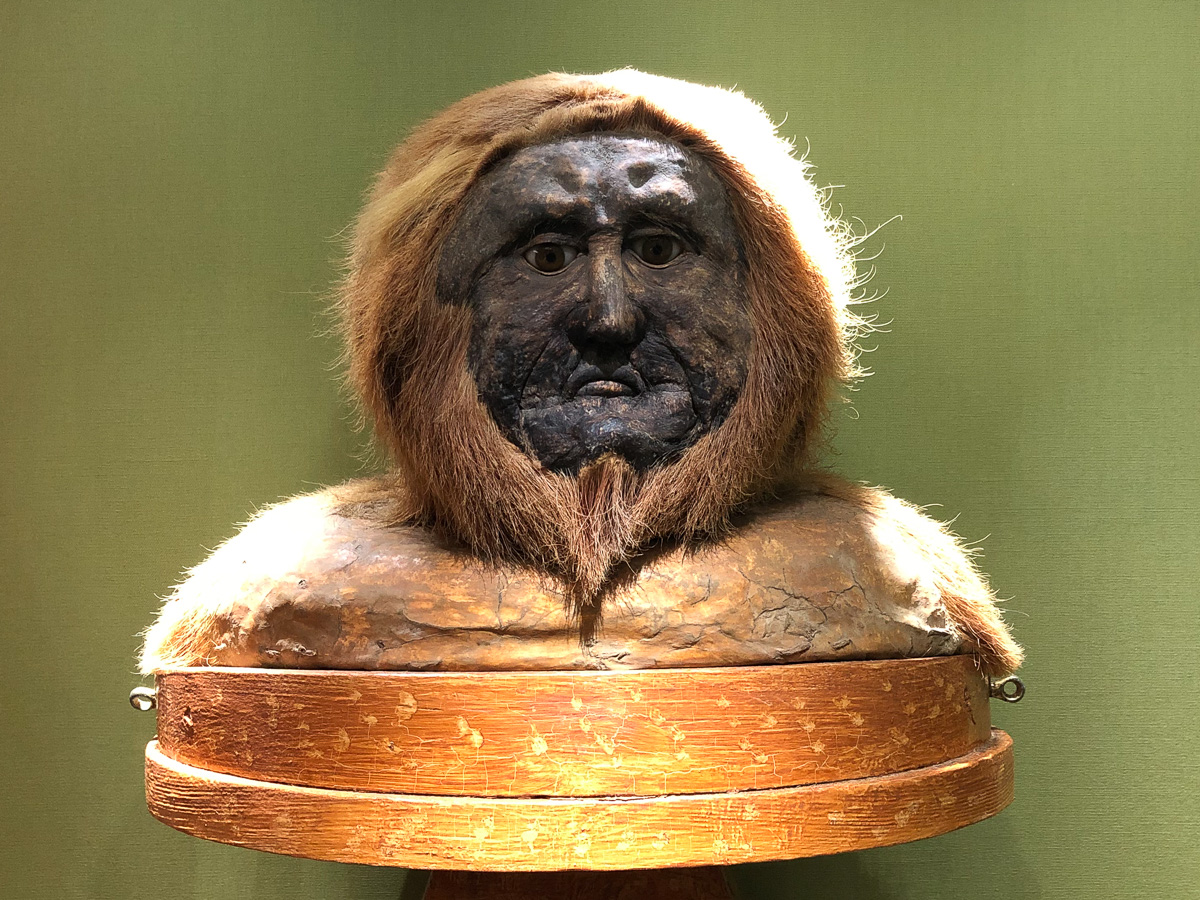Finding myself in Wakefield with a few hours to kill, I paid a brief visit to the minuscule local museum, with its even more minuscule exhibition about local lad and early nineteenth-century naturalist, conservationist and explorer Charles Waterton.
Waterton was quite a character. Among other things, he was an expert taxidermist who cobbled together a number of fake animals, an illustration of one of which, his so-called Nondescript, was used as the frontispiece to his book Wanderings in South America (1825). He wrote tongue-in-cheek as if the Nondescript were a real, disconcertingly humanoid, creature. He had, in fact, fashioned it from the backside of a howler monkey! I was delighted to find the original Nondescript on display at the museum, along with a similar creation entitled Martin Luther After His Fall (Waterton was a staunch Catholic).
While he was staying at his uncle’s slave estate in British Guiana, Waterton taught one of the slaves the art of taxidermy. That slave, John Edmonstone, was later freed, and travelled to Scotland, where he ended up teaching taxidermy to university students. One of the students he taught was none other than Charles Darwin. Darwin read Waterton’s book on South America before heading off on the Beagle voyage. He later visited Waterton at his stately home near Wakefield, Walton Hall, describing Waterton as ‘an amusing strange fellow’.
Sounds like a typically perceptive description to me, Mr Darwin.


Leave a Reply